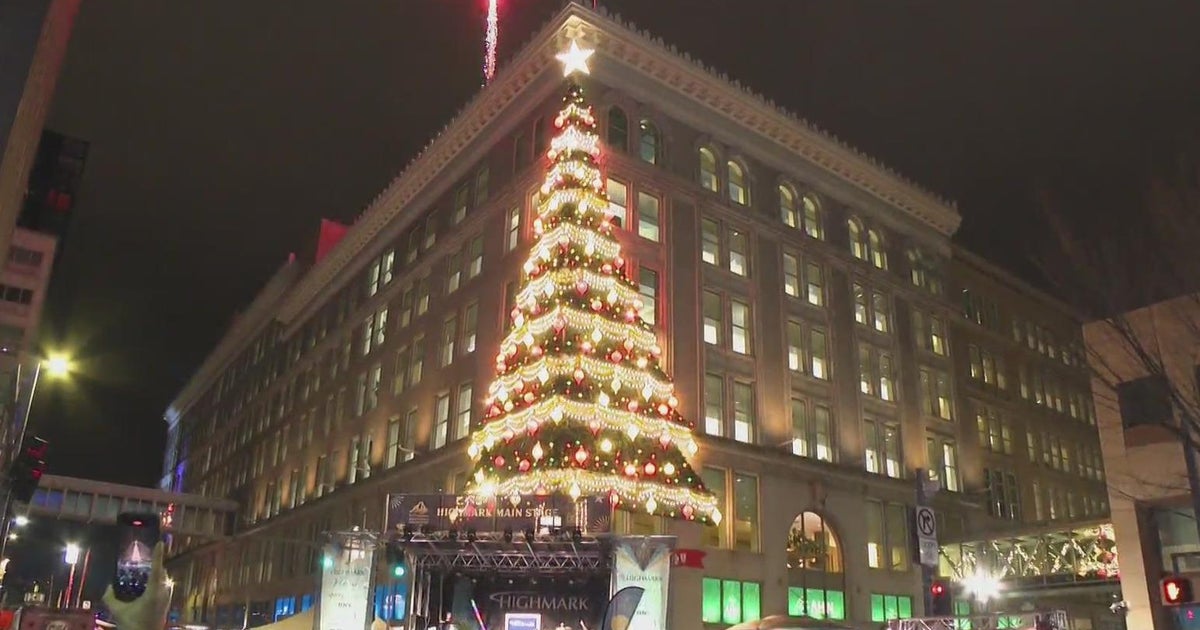Keeping your lawn alive during the summer
PITTSBURGH (KDKA) -- The unrelenting heat is turning our normally green landscape brown.
With no immediate relief on the way, what can you do to save your shriveling lawn?
A grass guru has shared a list of do's and don'ts.
Your lawn turning brown is a natural process.
"It's trying to protect itself from the elements that it's trying to live through," Penn State Extension turf expert Jeff Fowler said.
Fowler says the deep roots of your grass are hanging onto whatever water and nutrients they can get and letting the part we see go dormant.
"Dormancy doesn't mean death. Dormancy means it's like a bear going into hibernation," Fowler said.
Fowler says the natural inclination is to turn on the sprinkler.
"Once a plant has gone dormant, you cannot irrigate enough to bring that plant back to green."
He says suddenly watering the lawn might give you a feeling of doing something, but there is a catch.
"If you have not been watering thus far in the summer to keep it green, you will not catch back up," Fowler said.
Your tap water is not what your grass needs, according to Fowler.
"[Tap water] doesn't have necessary the nutrients in it that the rain has, and it doesn't have the kind of coverage. A good, half-inch rainstorm supplies water and nutrients, not just water."
If you insist on watering, know that certain times of the day work best.
"You want to not be watering in the middle of the day. You want to be watering after the dew forms in the evening and before the dew dries up in the morning," Fowler added.
If your lawn is brown and crunchy, Fowler says to stay off it as much as possible and not mow it. Just sit on your porch with a glass of tea and enjoy the brown.
Will these brown areas come back?
For the most part, they should, but if you get to fall and still have a brown spot, Fowler says to rake it, clear out the dead grass, and reseed that spot.




